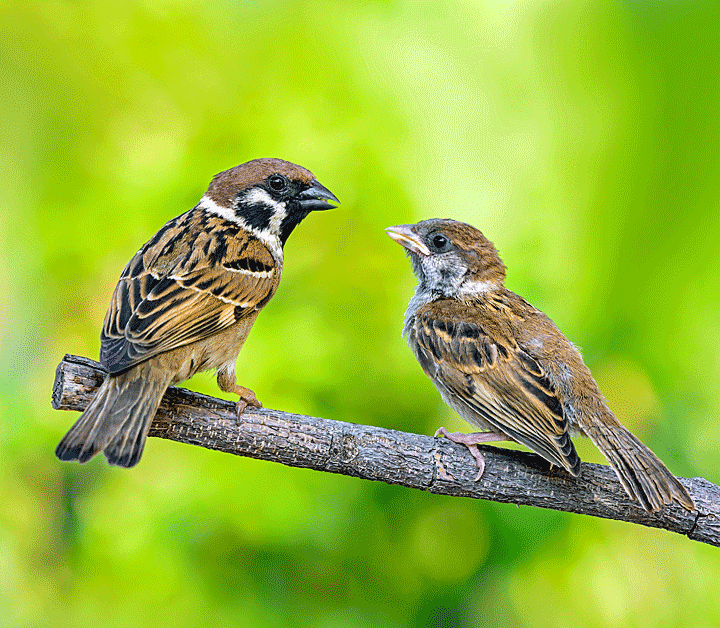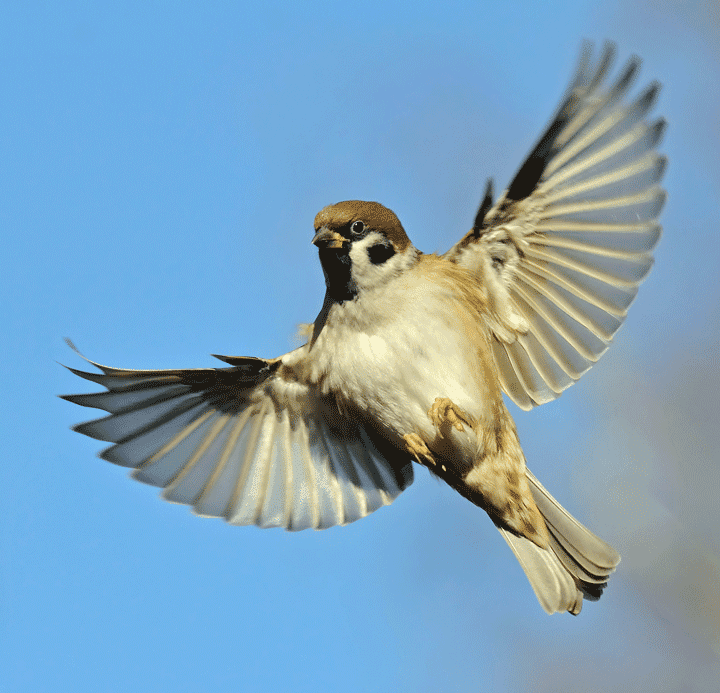
Welcome to Thailandblog.nl
With 275.000 visits per month, Thailandblog is the largest Thailand community in the Netherlands and Belgium.
Sign up for our free e-mail newsletter and stay informed!
Newsletter
Language setting
Rate Thai Baht
Sponsor
Latest comments
- Tino Kuis: The Interviewer's questions are almost one-third longer than Mr. Srettha's answers. I now know the positions of the
- Louis Tinner: A lot of Asians came to Bangkok for a long weekend to smoke, so you are wrong about tourism. It's bad for you
- RonnyLatYa: According to my sister-in-law they are supposed to be actresses from Channel 7 but she doesn't know their names. Probably one of many
- ann: short documentary: https://www.pbs.org/newshour/show/southeast-asian-cities-face-existential-crisis-as-they-sink-while-sea-levels-rise
- Johnny B.G: I think you're completely missing the point. The investors are Thai, the farmers are Thai and the sales in the stores mainly come from
- Johan: and this: https://www.moneywise.nl/bibliotheek/ebooks/lijfrente/lijfrente-in-het-buitenland/
- Johan: found this: https://www.123lijfrente.nl/Lijfrente-in-het-buitenland
- RonnyLatYa: I have now received an answer and he has also asked around among friends, but no one knows them. Then they won't be famous
- Chris: Renewed my driving license for 5 years a few months ago in Kumpawaphi, Udonthani. I was 70 then. You now have to make a theory
- Eli: Hi Jeroen, My analysis of the photos was intended to be humorous. Or funny. Now that I read it back, that is possibly only
- william-korat: It could be that it has changed over the last few years or you are talking about a different office like Korat region, Chris. Have no
- Cornelis: Another one who didn't pay attention during the 'reading comprehension' lessons: I don't indicate at all that I 'know' that, I guess
- Jacks: Chris, the fact that this discussion is of secondary importance is solely because the unprecedented safety issues at Boeing are somewhat v
- Sander: The same applies in KL: if you go to a place where many expats come, the prices are the same as in the west. In KL also visit KLCC Park,
- Sander: Expected and rightly so. The economic part is only on the investment side, because (of course) foreign investors saw h
Sponsor
Bangkok again
Menu
DOSSIERS
Learning objectives and topics
- Background
- Activities
- Advertorial
- Upcoming
- Tax question
- Belgium question
- Sights
- Bizarre
- Buddhism
- Book reviews
- Column
- Corona crisis
- The Culture
- Diary
- Dating
- The week of
- Dossier
- To dive
- Economy
- A day in the life of…..
- Islands
- Food and drink
- Events and festivals
- Balloon Festival
- Bo Sang Umbrella Festival
- Buffalo races
- Chiang Mai Flower Festival
- Chinese New Year
- Full Moon Party
- Christmas
- Lotus Festival – Rub Bua
- Loy Krathong
- Naga Fireball Festival
- New Years Eve celebration
- Phi ta khon
- Phuket Vegetarian Festival
- Rocket festival – Bun Bang Fai
- Songkran – Thai New Year
- Fireworks Festival Pattaya
- Expats and retirees
- state pension
- Car insurance
- Banking
- Tax in the Netherlands
- Thailand tax
- Belgian Embassy
- Belgian tax authorities
- Proof of life
- DigiD
- emigrate
- To rent a house
- Buy a house
- In memoriam
- Income statement
- King's day
- Cost of living
- Dutch embassy
- Dutch government
- Dutch Association
- News
- Passing away
- Passport
- Retirement
- Drivers license
- Distributions
- Elections
- Insurance in general
- Visa
- work
- Hospital
- Health insurance
- Flora and fauna
- Photo of the week
- Gadgets
- Money and finance
- History
- Health
- Charities
- Hotels
- Looking at houses
- Isaan
- Khan Peter
- Koh Mook
- King Bhumibol
- Living in Thailand
- Reader Submission
- Reader call
- Reader tips
- Reader question
- Society
- marketplace
- Medical tourism
- Environment
- Nightlife
- News from the Netherlands and Belgium
- News from Thailand
- Entrepreneurs and companies
- Education
- Research
- Discover Thailand
- Opinions
- Remarkable
- Calls
- Floods 2011
- Floods 2012
- Floods 2013
- Floods 2014
- Winter prices
- Politics
- Poll
- Travel stories
- Travel
- Organizations
- Shopping
- Social media
- Spa & wellness
- Sport
- Cities
- Position of the week
- The beach
- Language
- For sale
- TEV procedure
- Thailand in general
- Thailand with children
- thai tips
- Thai massage
- Tourism
- Going out
- Currency – Thai Baht
- From the editors
- Real estate law; and
- Traffic and transport
- Visa Short Stay
- Long stay visa
- Visa question
- Flight tickets
- Question of the week
- Weather and climate
Sponsor
Disclaimer translations
Thailandblog uses machine translations in multiple languages. Use of translated information is at your own risk. We are not responsible for errors in translations.
Read our full here disclaimer.
Royalty
© Copyright Thailandblog 2024. All rights reserved. Unless stated otherwise, all rights to information (text, image, sound, video, etc.) that you find on this site rest with Thailandblog.nl and its authors (bloggers).
Whole or partial takeover, placement on other sites, reproduction in any other way and/or commercial use of this information is not permitted, unless express written permission has been granted by Thailandblog.
Linking and referring to the pages on this website is permitted.
Home » Flora and fauna » Birds » Birdwatching in Thailand: Tree Sparrow (Passer montanus)
Birdwatching in Thailand: Tree Sparrow (Passer montanus)
One of the most common birds in Thailand is the Tree Sparrow (Passer montanus). This is a passerine bird from the family of sparrows and snow finches (Passeridae) and is also found in Belgium and the Netherlands.
The tree sparrow grows to about 14 cm, a fraction smaller than the house sparrow. Both male and female have a maroon crown, a black cheek patch and a white neck ring. The cheek patch is a well recognizable difference with the house sparrow. The upper side is brown with black stripes and the underside is light gray.
The sparrow's food consists of seeds, grain, insects and larvae.
The Tree Sparrow lays three to six finely spotted, white and shiny eggs. The female usually breeds two to four times a year.
The tree sparrow is a breeding bird that likes to nest in tree cavities near farms and in parks, fields and meadows. The majority of tree sparrows are resident birds.
The bird has a large distribution area that extends from Ireland in Europe to a large part of Asia including Japan and the Indian Archipelago.



If they are songbirds, I'll tell them to stop chirping and start behaving like a songbird when I sprinkle a handful of rice.
But maybe they just want to sing if I feed them song seed.
Lately I've been seeing a lot of birds that I didn't see here before. When they fly away from you you see that they are green when the sun shines on them. Now I regularly see some on a flat terrain. They are green on top with a red head, but brown on the bottom.
Can you tell me the name of these birds?
Ruud, those are bee-eaters. Usually sit on a branch or wire, and always fly up to catch an insect in flight. They are not shy at all, one of the most beautiful and easiest to observe birds.
The rascals are disappearing more and more in the Netherlands, you used to see them everywhere, now it is becoming a rarity in my experience. Had understood that it was related to the disappearance of eg privet hedges. The former hedges in gardens.
In Belgium they are also disappearing.
I think it mainly has to do with the explosion of birds of prey such as magpies, kestrels, etc ... since they have been protected.
The larks same story.
If you want to observe birds, put a number of, preferably small, bananas in a bowl on your balcony or in the garden every day.
Every day, different types of birds, including sparrows, enthusiastically peck the bananas with lots of twittering.
Pigeons don't like it.
We have been giving half bean sprouts a few times a day on a wall in our garden for six months now. In the meantime, about 8 bird species come to visit ... and a cat that is again distracted by the dog of the house.
The lover hears the peaceful chirping of the sparrow and another looks again at the poop they leave behind.
Years ago you never saw a bird and suddenly it is an aviary in freedom. I can enjoy that.
Once I had a bird, species unknown, that just flew in and I could hand feed it. Pooping was also the standard, so perhaps it means that in the bird world, poop is seen as a thank you for the good life. My grandfather had pigeons and now that I think about it hhhh the more good quality poop the better they flew.
In my part of Bangkok I also see a flying dog and then there is hope that it will also be spared from destruction.